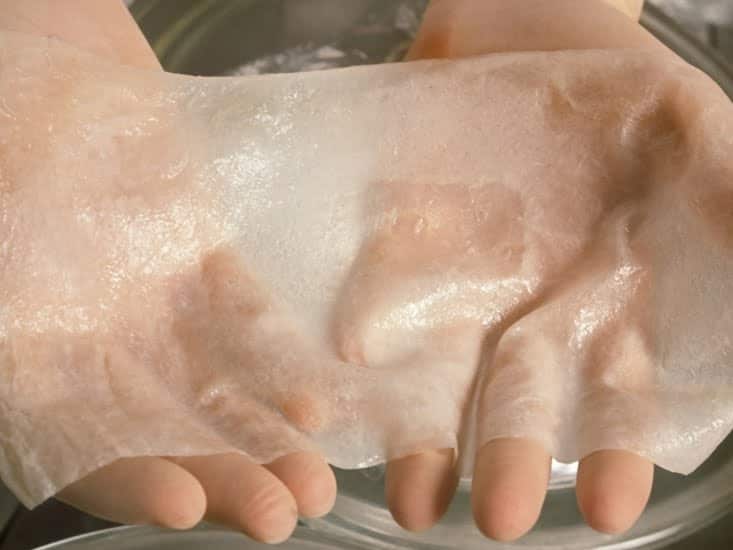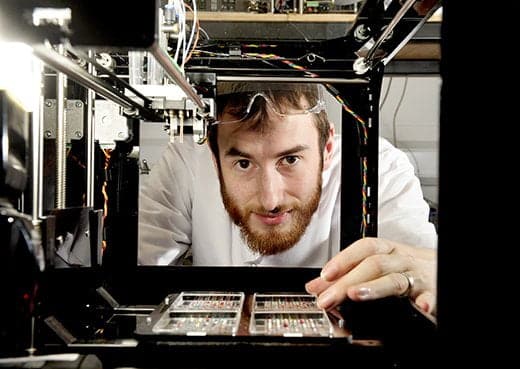Human tissues made with 3D printers could very soon save millions of lives: those of laboratory guinea pigs.
More than three hundred million animals are killed every year in scientific laboratories and research centers around the world: these are mostly mice, rats and rabbits that are used to study vaccines and drugs to be experimented in later stages on humans: it is a sad (and sometimes necessary) reality that could soon be avoided.
At Heriot Watt University in Edinburgh they have already adapted regular 3D printers to use special “bio-inks” made of cells, and in the near future they will be able to make replacement organs, bones and tissues. In this case, the production of human tissues in the laboratory will be able to provide experiments with more reliable results than those we obtain today through experiments on guinea pigs, and also make access to subsequent phases of testing very rapid. “A first class of 'micro tissues' could be printed within the next 5 years, at current research rates,” says the bioengineering researcher Alan Faulkner-Jones. “It will be possible to use an individual's cells and produce tissue samples in the laboratory to test and create specific and personalized medicines, rather than carrying out generic response tests to a drug”.
The reactions to a vaccine, a drug (and even a cosmetic) will be ascertained in a short time and without the need to sacrifice small lives.



